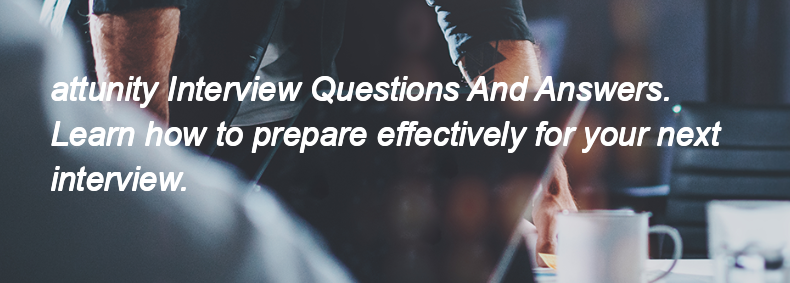Ques:- Which of the following modules within SQL Server 2005 cannot be signed with a digital signature?
Asked In :-
Addweb solutions, Helical It Solutions, Innominds Software (P), Estuate, G S Lab, PEOL, Miracle Software Systems, Searce, DCM Shriram, Tower Research Capital LLC,
Right Answer:
The SQL Server 2005 modules that cannot be signed with a digital signature are the system stored procedures.
The SQL Server 2005 modules that cannot be signed with a digital signature are the system stored procedures.

